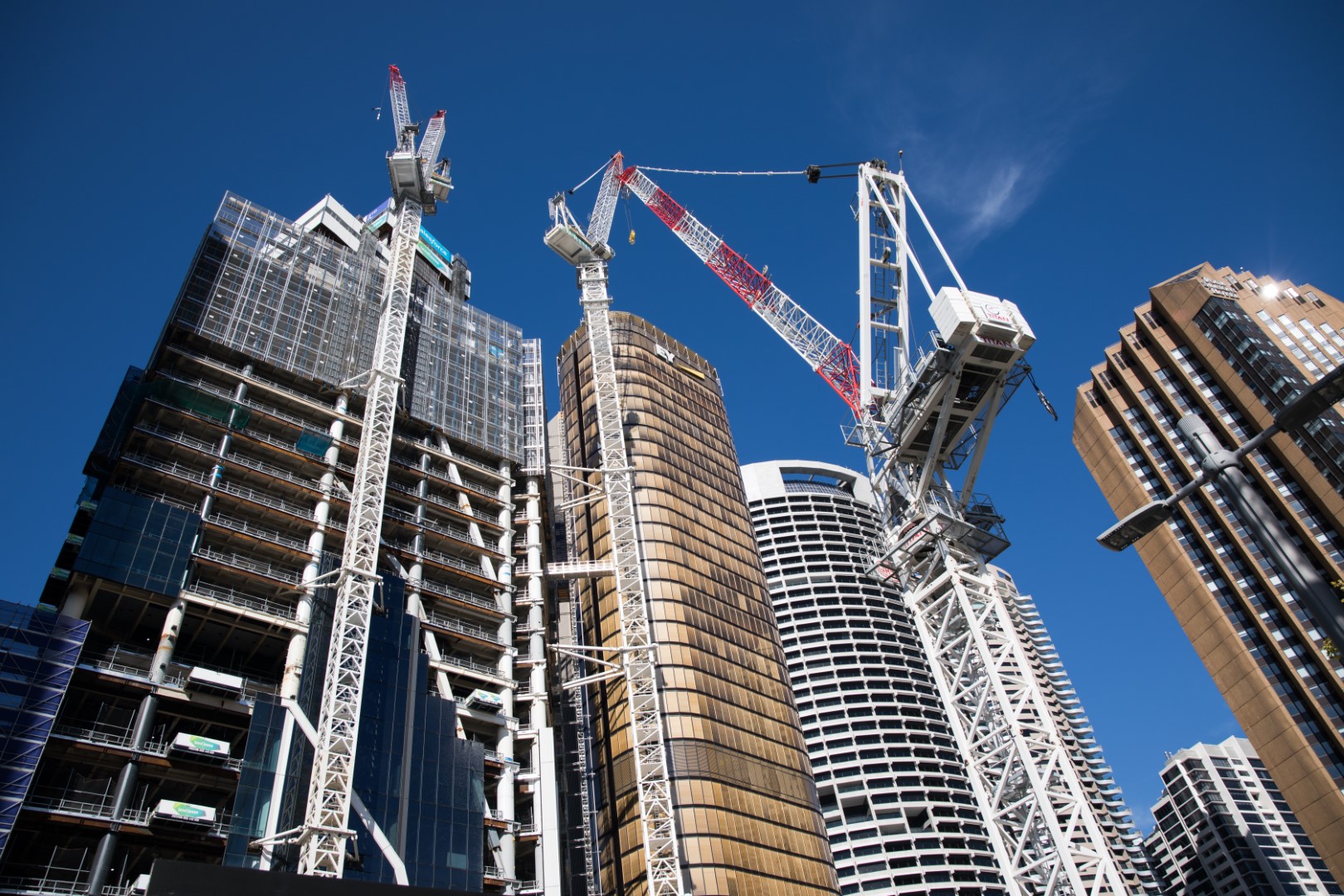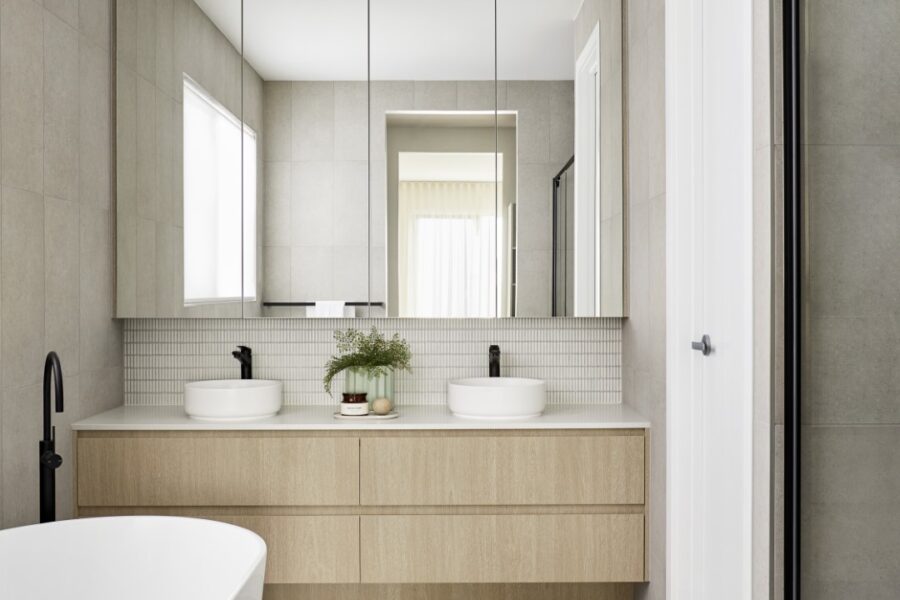In recent years, the global construction industry has undergone a transformative shift towards sustainability, driven by the urgent need to address environmental concerns and create a more resilient and eco-friendly built environment. Sustainable construction practices are not merely a trend but have emerged as a fundamental pillar reshaping the building industry. From eco-friendly materials to energy-efficient designs, the paradigm shift towards sustainability is evident in every phase of construction. This article explores the profound impact of sustainable construction on the building industry, highlighting key aspects that are shaping a greener and more responsible future for urban development.
Eco-Friendly Materials
One of the primary ways sustainable construction is revolutionizing the industry is through the adoption of eco-friendly materials. Traditional construction often relied on resource-intensive materials like concrete and steel, which have significant environmental footprints. However, the emergence of alternatives such as recycled steel, bamboo, and engineered wood has paved the way for a more sustainable future. Recycled materials not only reduce the demand for raw resources but also decrease the carbon emissions associated with manufacturing. Moreover, innovations in material science have given rise to novel, eco-friendly composites that boast enhanced durability and insulation properties, further contributing to the construction industry’s sustainability goals. The shift towards eco-friendly materials is not just a matter of compliance with regulations but a conscious choice by builders and developers to create structures that minimize their impact on the planet.
Energy-Efficient Designs
Sustainable construction extends beyond material choices to encompass energy-efficient designs that reduce the ecological footprint of buildings. Architects and engineers are increasingly integrating innovative technologies to enhance energy performance, utilizing strategies such as passive solar design, green roofs, and advanced insulation systems. The integration of renewable energy sources like solar panels and wind turbines has become a hallmark of sustainable construction, allowing buildings to generate their power and even contribute excess energy back to the grid. Smart building technologies, equipped with sensors and automation, further optimize energy usage by adjusting lighting, heating, and cooling systems based on real-time environmental conditions. This holistic approach to energy efficiency not only reduces operational costs for building owners but also aligns with global efforts to mitigate climate change by decreasing the reliance on fossil fuels in the construction and operation of buildings.
Waste Reduction and Circular Economy
Sustainable construction is not just about what goes into building structures but also about managing the waste generated throughout the construction process. Traditional construction methods often result in significant waste, with excess materials ending up in landfills. However, the advent of sustainable construction practices emphasizes a circular economy approach, where waste is minimized, and materials are recycled or repurposed. Construction sites now employ advanced waste management systems to segregate and recycle materials, ensuring that as little as possible ends up as landfill waste. This shift towards a circular economy not only addresses environmental concerns but also contributes to cost savings for construction projects. Sustainable construction practices are not merely a checklist of green features but a holistic approach that considers the entire lifecycle of a building, from material extraction to construction, operation, and eventual demolition or renovation.
A High-Quality Solution for Responsible Construction
Is sustainable timber the answer to a greener and more resilient construction industry? In the realm of sustainable construction, the spotlight is increasingly turning towards the use of sustainable timber as a high-quality alternative to traditional construction materials. Timber, when sourced from responsibly managed forests, can serve as a renewable resource that not only sequesters carbon but also offers excellent structural performance. Engineered wood products, such as cross-laminated timber (CLT), have gained popularity for their strength, versatility, and reduced environmental impact compared to traditional building materials. The integration of sustainable timber into construction practices aligns with the broader movement towards eco-friendly materials, contributing to the overall sustainability goals of the building industry. As architects and builders explore innovative ways to incorporate sustainable timber into their projects, this shift underscores a commitment to not only environmentally conscious construction but also the pursuit of high-quality solutions that stand the test of time.
Setting the Standard for Sustainable Construction
The drive towards sustainable construction is reinforced by the growing importance of green certifications that set industry standards for environmentally responsible building practices. Certifications such as LEED (Leadership in Energy and Environmental Design) and BREEAM (Building Research Establishment Environmental Assessment Method) provide frameworks for assessing the sustainability of buildings. Achieving these certifications requires adherence to specific criteria, including energy efficiency, water conservation, and indoor air quality. The pursuit of these certifications not only demonstrates a commitment to environmental stewardship but also enhances the marketability of buildings, as environmentally conscious consumers and tenants increasingly prioritize sustainable structures. The rise of green certifications is indicative of a broader shift towards accountability and transparency in the construction industry, fostering a culture where builders are motivated to adopt sustainable practices to meet and exceed these rigorous standards.
Discover more from Futurist Architecture
Subscribe to get the latest posts sent to your email.




